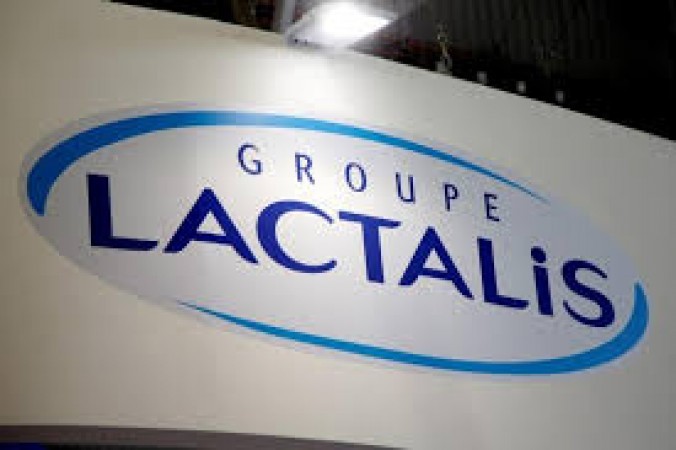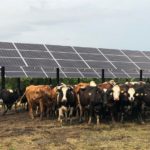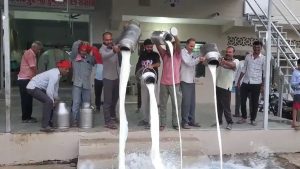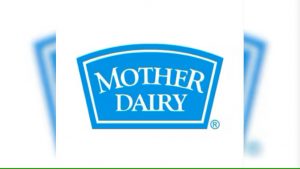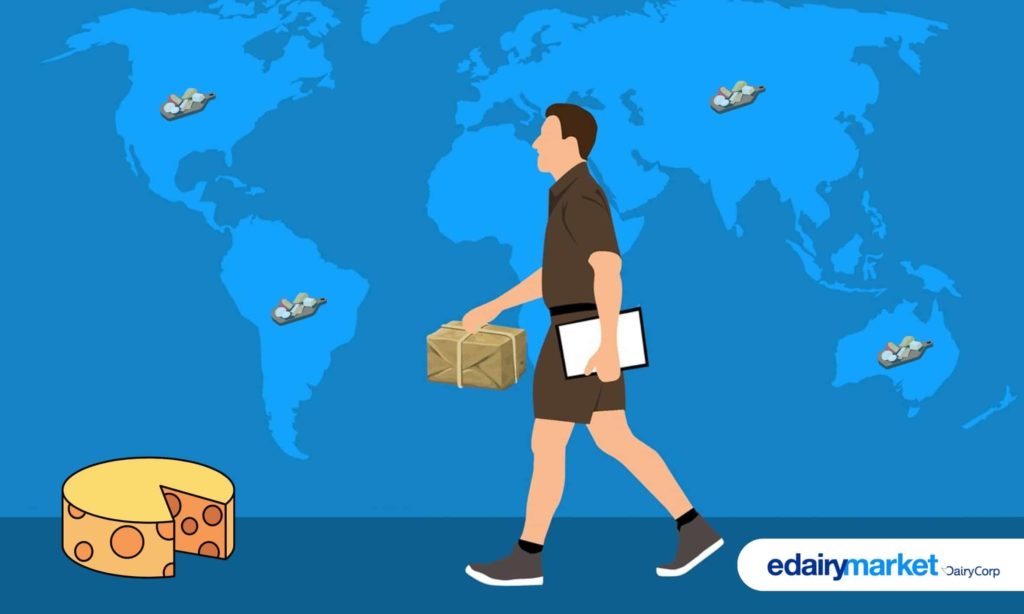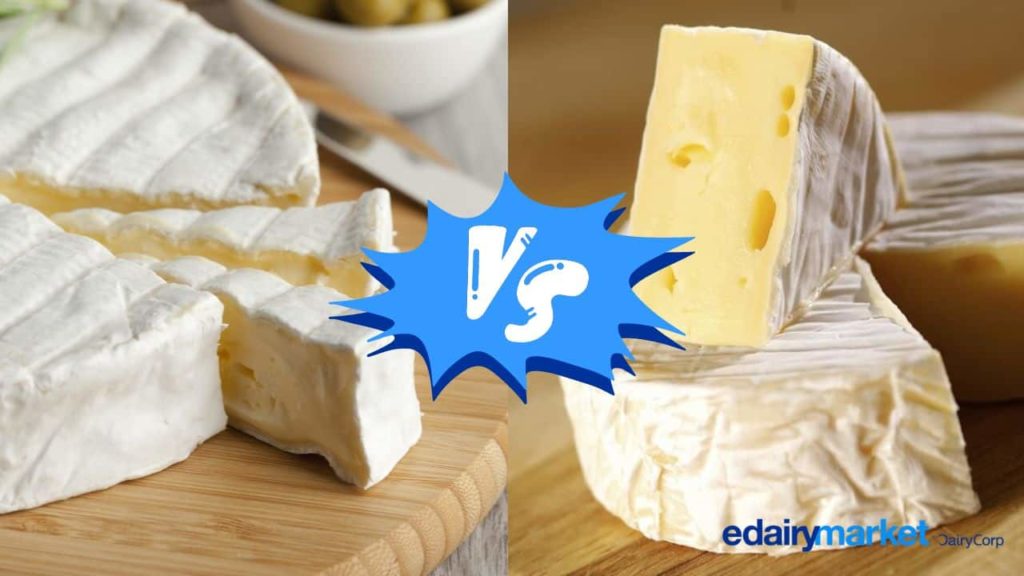
Processing facilities The company, which is spread across Telangana, Andhra Pradesh, Tamil Nadu and Maharashtra, has invested significantly in local facilities across the country. India will have more investments in the future, including Telangana.
Rahul Kumar, MD, Lactalis India, told Telangana Today, “We have a plant at Gungal in Ranga Reddy district of Telangana where we currently offer Tetrapak dairy products with long shelf-life and other processed dairy products to Hyderabad and other nearby cities as Warangal. Telangana is a key market for us and we will see continuousopportunities to expand existing facilities and add new facilities in future. ”
The company continues to grow organically and inorganicly. Kumar reported that 70 per cent organic growth and 30 per cent inorganic growth would be expected in the future. Lactalis is aggressive in its inorganic growth. The company acquired Tirumala Milk Products in 2014, which has a presence in Telugu states, followed by Anik Dairy, which has a footprint in the north and east of India and prabhat operations pan-India in 2016 and 2018 respectively. Lactalis has invested Rs 4,000 crore in the purchase of big tickets so far in the last six years.
